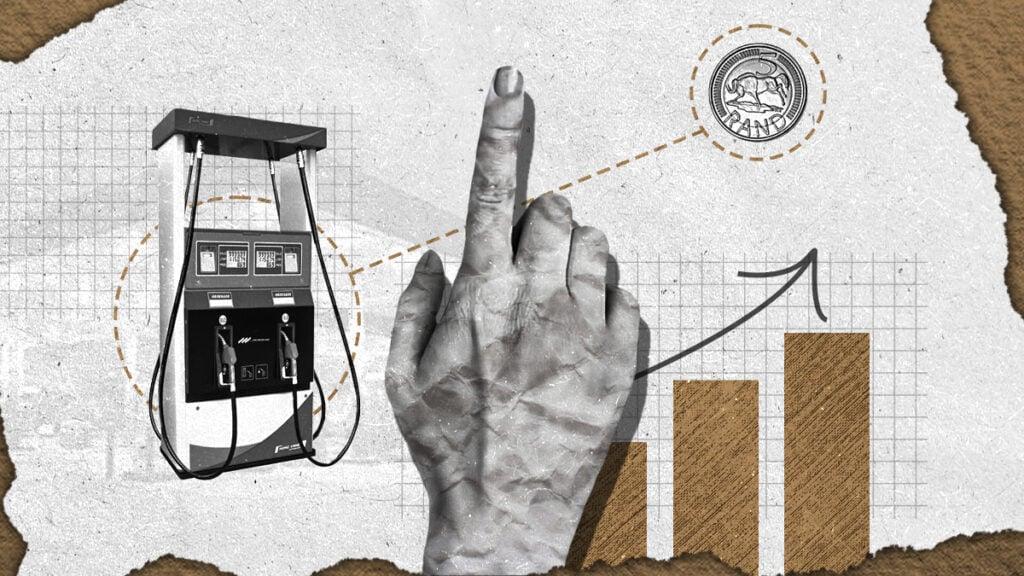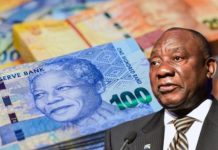Shaun Jacobs
Africa-Press – South-Africa. The price for a litre of 93 octane petrol in inland South Africa has increased by 68.8% over the past decade, while the price of oil has actually declined by 5.3% over the same period.
This means that the sharp increase in the price of petrol paid by South African motorists is mainly due to taxes on fuel and a significantly weaker rand.
In May 2015, South Africans filling up their cars with 93 octane petrol in the country’s inland provinces would have paid R12.61 per litre, including taxes. In May 2025, they are paying R21.29 per litre.
This is largely due to the increase in the taxes levied at the pumps on fuel and the above-inflation increases in the retail margin, transport cost, and wholesale margin.
While the last three Budgets have left these unchanged, South African motorists have felt the increases from the late 2000s and especially since 2015.
The price of fuel in South Africa is broadly made up of the Basic Fuel Price, which is based on the price of oil and the rand-dollar exchange rate, as that determines how much it costs to import the commodity or finished petroleum products.
A stronger rand makes importing fuel cheaper, while a weaker rand increases the price.
While these are important factors in determining the price of fuel, administered elements of the price, such as the taxes levied and retail margins, account for around 60% of the final petrol price.
These administered components have grown strongly in the past decade, with them accounting for more of the price of fuel since 2015 than the basic fuel price.
The most significant levies placed on the sale of fuel include the General Fuel Levy (GFL), the RAF Levy to fund the Road Accident Fund, the retail margin, transport cost and wholesale margin.
Of these, the wholesale margin is the only one to have increased below the rate of inflation since 2013, with the rest significantly outpacing inflation until 2022.
For example, the RAF levy has risen by 44% in real terms over the past decade, with the retail margin and transport cost rising by 40% and 49%, respectively.
The General Fuel Levy, more commonly known as the fuel tax, has risen by a similar amount over the past decade.
These increases can be seen in the graph below, courtesy of Reserve Bank economists Zaakirah Ismail and Christopher Wood.
The rand’s collapse
The other major driver of the strong increase in the price of fuel over the past decade has been the steady weakening of the rand, with the currency losing around 5% of its value compared to the dollar on an annual basis.
While the rand’s sharp swings in the short term capture attention, its longer-term steady decline is reflective of South Africa’s poor economic performance.
The value of a currency over the long term is primarily determined by the performance of its local economy, the country’s trade balance, and inflation.
Old Mutual chief economist Johann Els explained that the value of the rand is reflective of investor sentiment towards South Africa, which is influenced mainly by economic fundamentals.
As such, the rand’s constant decline versus the dollar over the past decade reflects deteriorating investor confidence in the South African economy and increased political uncertainty.
The Bureau of Economic Research (BER) points to another reason why the rand has weakened steadily versus the dollar over the past decade: inflation.
South Africa’s headline inflation is typically higher than that of developed countries, including the United States, requiring a degree of currency depreciation to ensure exports remain competitive.
As inflation increases the cost of producing goods, it makes them less attractive for export. To counteract this, a currency is weakened to make the country’s exporters relatively cheaper in the global marketplace.
These longer-term factors behind the rand’s weakening have been coupled with short-term hits for currency from declining commodity prices, rising global uncertainty and domestic political instability.
The declining value of the rand compared to the dollar can be seen in the graph below, which shows its gradual decline over the past decade.
Source:
For More News And Analysis About South-Africa Follow Africa-Press






